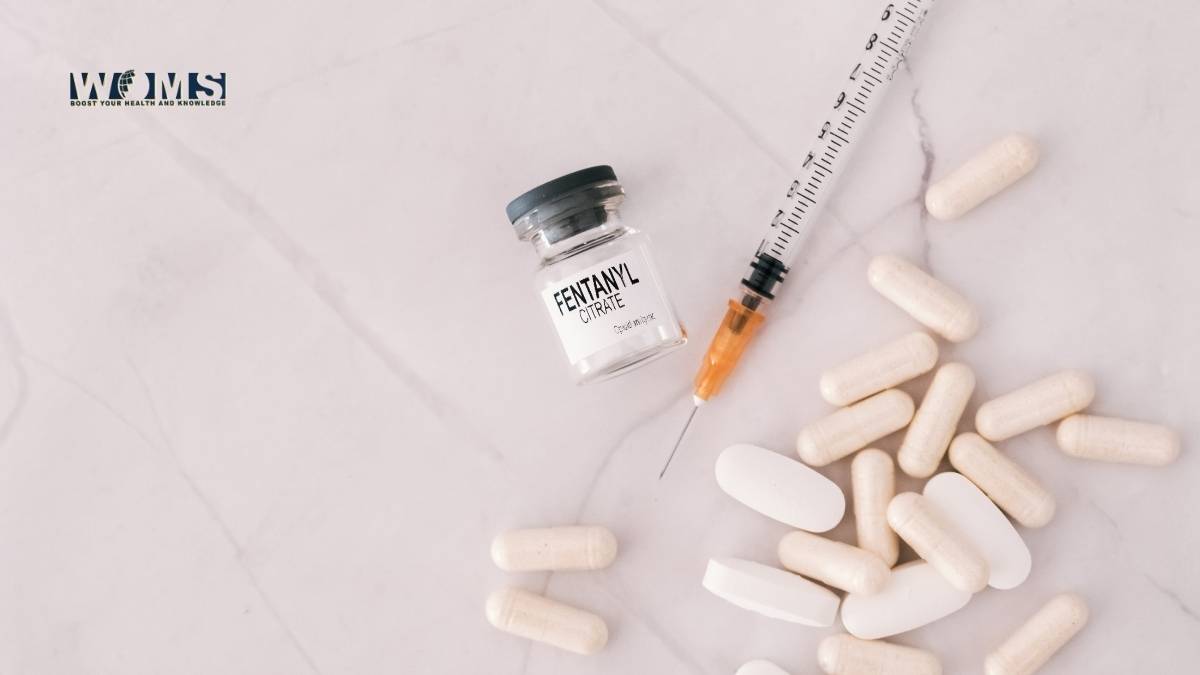Fentanyl Epidemic in 2022: Information, Statistics, and Resources

The COVID-19 pandemic has been dominating the headlines over the last couple of years, but the truth is that there’s an even deadlier epidemic in the United States: the fentanyl epidemic. 2021 saw 41,587 people between the ages of 18-45 die of fentanyl overdoses, while COVID-19 caused a little over half that number of fatalities in the same age group. That’s serious enough on its own, but considering that fatal opioid overdoses have been sharply rising since 2020, experts expect the number of deaths to rise in 2022 as well.
Researchers and health officials are trying to identify what’s driving the trend – and how they can slow it down. It’s thought that the unique challenges presented by the pandemic, as well as the resulting loneliness and lack of community support, have exacerbated drug use in many who simply didn’t know where else to turn. Drug use doesn’t always result in a fatal overdose, though; so why are so many people dying?
In this case, you have to consider the changing role of fentanyl among drug users. It’s calculated that over 100,000 people died of drug overdose in 2021, and according to the CDC, over half of those cases probably involved fentanyl that was mixed with another drug. This is becoming more and more common, but it’s hard to say why. Because of this feature, though, experts are calling this the fourth wave of the opioid epidemic. Instead of seeing fatalities from individual drugs, which was more common in the first three waves, growing numbers of people are dying after taking multiple illicit substances.
If you look at breakdowns of the 100,000 drug fatalities last year, you’ll see deaths from cocaine, methamphetamine, and various other drugs in combination with fentanyl. With fentanyl being the common factor in likely over half of all drug deaths last year, it’s easy to see why doctors, addiction researchers, and health officials are becoming increasingly worried about how quickly fentanyl use is escalating.
Fentanyl facts
Most people are vaguely aware of what fentanyl is, but it’s hard to overstate just how lethal it is compared to many other drugs – and how easy it is to accidentally consume it. Just consider the following:
- On average, fentanyl is about 50 times stronger than heroin, and 100 times stronger than morphine
- Fentanyl was originally used as a prescription painkiller, but it quickly became a popular choice for drug abuse because of its strength compared to other substances
- A dose as small as 2 milligrams can be deadly
- Counterfeit Percocet, Oxycontin, and other drugs often contain fentanyl
What’s driving fentanyl use?
While we’ve been able to identify the trend, we haven’t been able to identify the root cause. It isn’t known whether drug users are taking fentanyl with other drugs on purpose, or if dealers and distributors are adding the substance without telling users. While the answer is far from obvious at this point, it’s likely that the issue comes from a combination of both. Some users have no problem with using fentanyl in spite of the risks, while many distributors cut fentanyl into other drugs to increase their profits. And since fentanyl is cheap to produce compared to many other drugs, there’s a strong incentive to mix it in with other substances without telling users – despite the fact that many fentanyl overdoses are due to unknowingly ingesting the drug.
That isn’t the only thing contributing to accidental fentanyl overdoses, though. In order to avoid “hot spots”, or clumps of fentanyl within mixed powders, producers have to dissolve the drugs in a liquid agent in order to evenly distribute the fentanyl, then dry it to a powder again. Without this last step, “hot spots” can (and do) result in accidental deaths.
Measures that have been taken to address the fentanyl epidemic
There are a few different solutions that have been shown to reduce opioid-related deaths, but increasingly polarized political reactions have made it difficult to see any significant headway. For example, providing clean needles and fentanyl test strips has curbed overdose deaths in areas where they were made available, but many people oppose the measure, saying that it enables drug use.
Another approach both more effective and more controversial – is to offer safe injection sites for drug users. The staff doesn’t have anything to do with administering the drugs. They simply provide clean needles and test strips, and when needed, are ready to step in with naxolone (a drug that can reverse opioid overdose). As you can imagine, providing actual facilities for drug users is even harder for many people to swallow than simply offering free needles and fentanyl test strips. Even though the concept has been successful in reducing deaths wherever it’s implemented, federal or state support has yet to materialize.
Resources for fentanyl or opioid addiction
While it’s all well and good to know about steps that are being taken on a national level to combat fentanyl use, it’s also important to have practical resources if you or a loved one are struggling with addiction. Below you’ll find some resources for additional information, helplines, and rehab options.
- Lincoln Recovery – A rehab center that offers customized treatment plans, evidence-based therapies, veteran support groups, and recovery resource helplines.
- Amethyst Recovery Center – an addiction recovery center with extensive online resources, a 24/7 helpline, and guides for teens, parents, and spouses of those struggling with addiction.
- Opiate Addiction & Treatment Resource – a website that provides up-to-date, accurate information on opioids, addiction, and dependence, as well as available treatment options.
- Find Addiction Rehabs – an online resource that offers testimonies from those who’ve experienced addiction (and are in recovery), plus a directory of treatment centers.
Whether you’re looking at the fentanyl epidemic at an individual or a national level, the problem is serious. Experts are calling for outreach systems and addiction treatment options to be rebuilt after crumbling due to COVID-19. Maybe with a better support system that can reach people where they are, we can finally start seeing reduced fatalities from fentanyl use.




